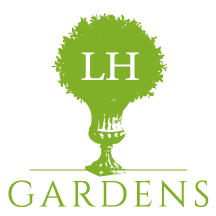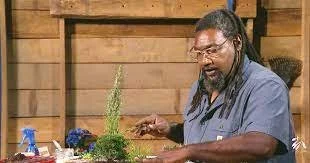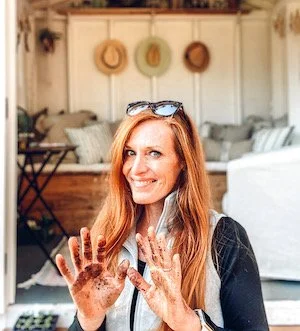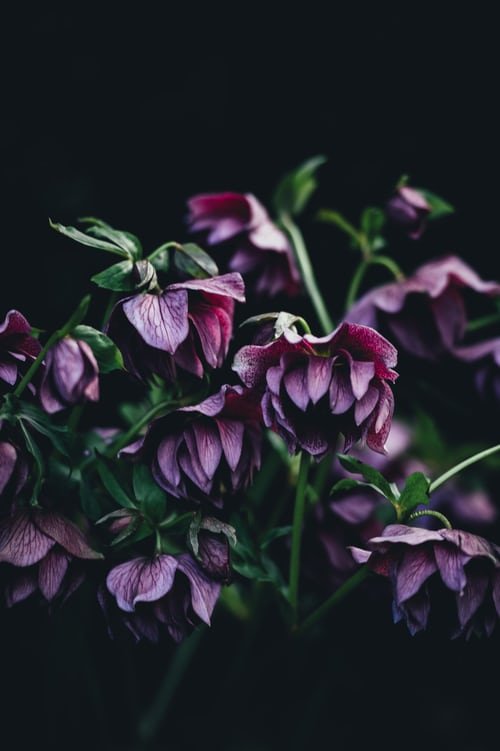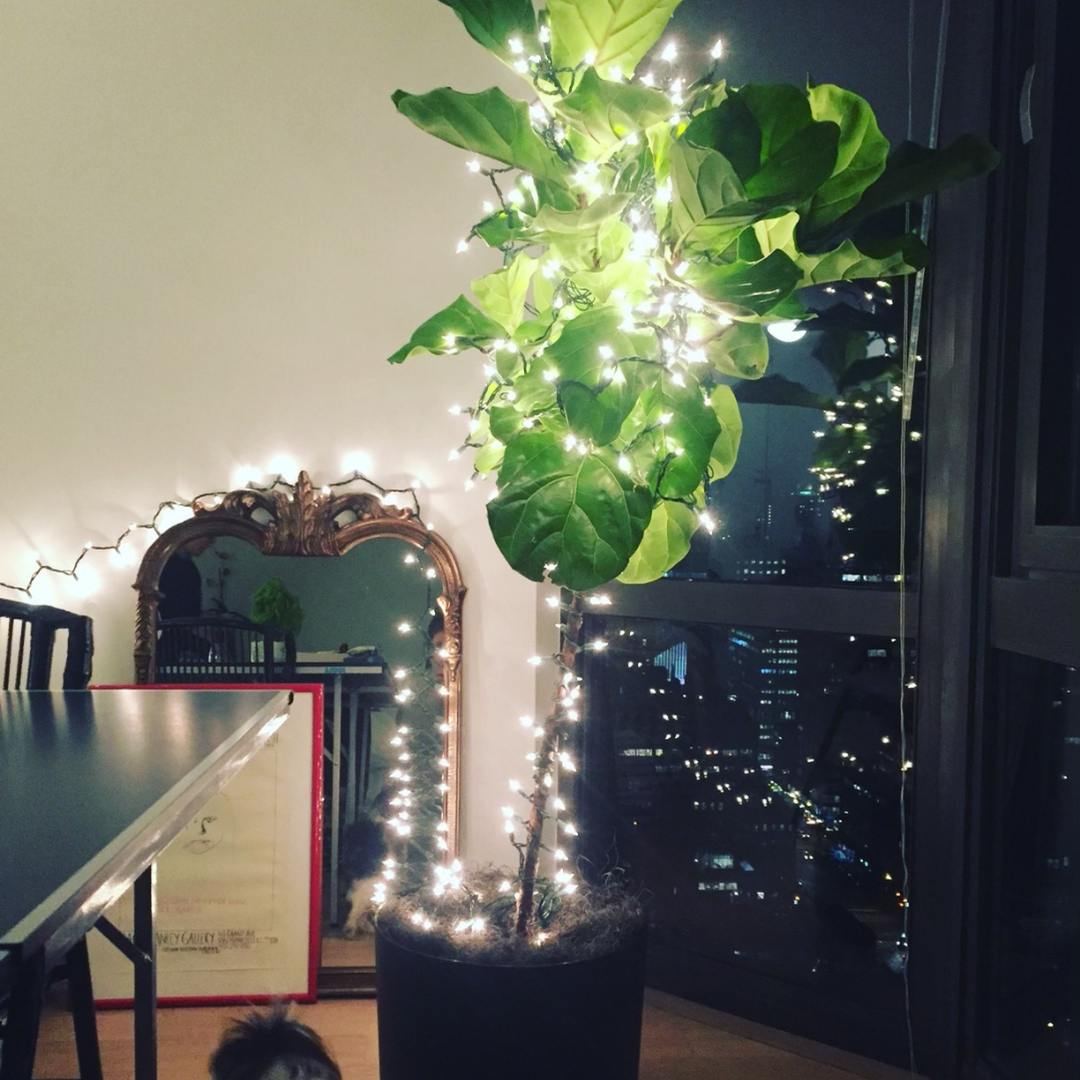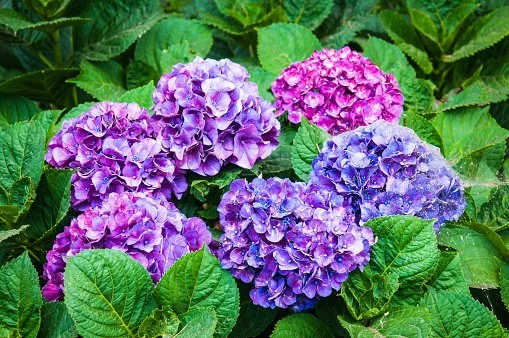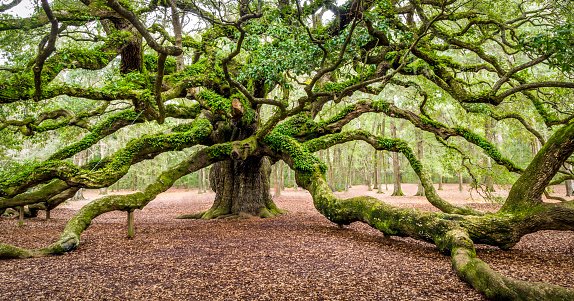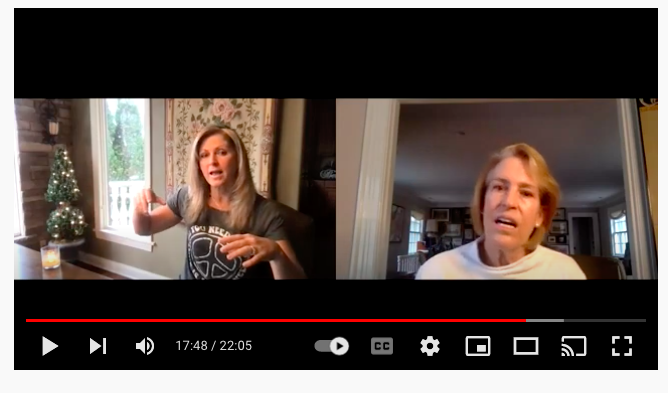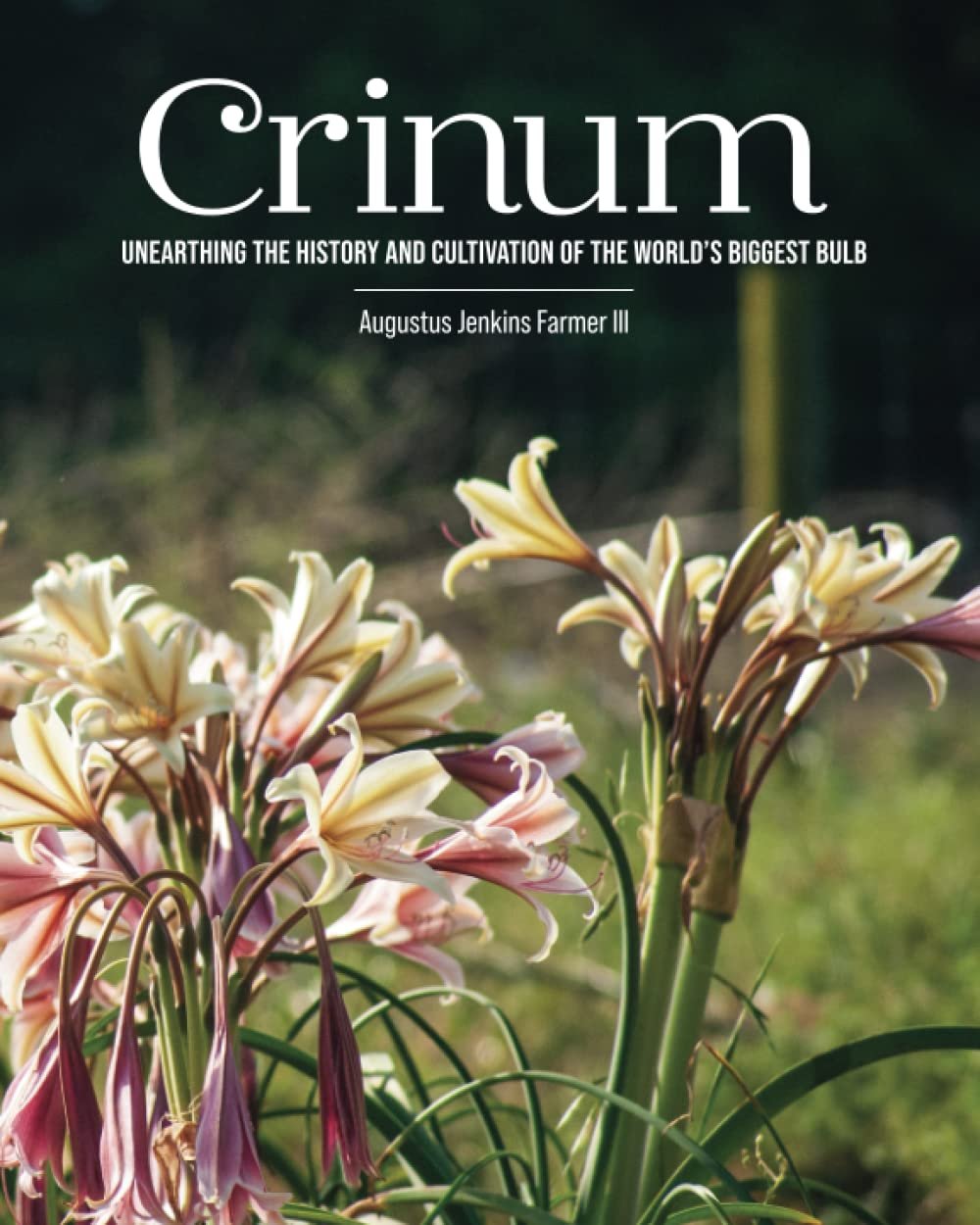53 Tanya Anderson of Lovely Greens is my guest this week, and I tease about the Hepatica flower but the real Plant of the Week is the Helleborus foetidus, or Stinking Hellebore.
52: Emma Biggs of Gardening with Emma
51: Serome Hamlin and Enchanted Gardens
50: Golden Alexander, Amanda Ever Hopeful, Pruning Hydrangea Paniculata
How to compost? With enthusiasm. Amanda the Ever Hopeful Gardener leads us through the basics of cold and hot composting, Bokashi composting and composting with worms. Whether you compost leaves and garden debris or more exciting fare such as hair and coffee grounds, you will learn a lot from Amanda!
49: The Ficus, Julie Hart (Nanny Noo) and How to prune Hydrangea macrophylla
Do you stay up nights wondering what to do with your Hellebore foliage? Gee, me too…
As a professional gardener I would always remove it, and I almost always do the same for just little me too.
Cons:
If you don’t like gardening, then it’s just another thing you have to do, but I bet you aren’t reading this if you don’t like gardening.
Anne Wareham of Garden Rant points out with an immensely illustrative photo that they can look a little naked and silly sticking straight out of the ground with no foliage. She wrote a whole blog on the topic of Hellebore foliage.
Pros:
It’s a pretty satisfying job.
You get to add a bunch of green to your compost pile.
When new growth comes, it’s all the good stuff, including fresh new foliage.
But, like with most gardening topics, you get to choose how you feel and act about it!
Plant of the Week
The Ficus is a genus of 850 everythings— trees, vines, epiphytes, sea snails… but let us concentrate on plants. Here are some fun facts:
The Banyan tree is a Ficus!
The Ficus benjamina, which may be in your house as a houseplant, could get to 50’ if left to its tropical ways outside.
The Fiddle Leaf Fig is a Ficus (F. lyrata), and let’s concentrate on my grandplant (a plant belonging to our daughter and SIL, and grandplant should probably not be a thing, and yet it probably is).
Our Grandplant (btw, I don’t think Jeff is tracking that he has one of these) in its childhood in Manhattan.
Just last spring, now at least 5 years of age. And Great Grandmother Murney is 86 and Great granddaughter Murney is 9 months.
Getting a little big for our britches…
So we undergo some surgery
And fits better in the cute little CT home.
And the happy result of those bottom 3 photos is that one of those babies is now living with us in Virginia. So I guess that mean we adopted our great grandplant.
Guest
I don’t know when I stumbled onto Nanny Noo on Instagram, but I have been following her for years. She is one of those people who make you feel better having checked in with her for the day. She is very active on Instagram, but only in the sort of way that gives the vibe of “how are you doing today?" and you are doing better because she reached out. Sometimes I’ll get busy and not ‘see’ her there, and then I will get a gentle tag and hello and all is right again.
Her real name is Julie Hart and her Instagram account is Nanny’s Diary 92. She is a mum and a grandmum and a true gardener. I chat with her about how she began, how she learned, what it means to her now, and at the end of our chat she gives us three valuable gardening tips.
She loves boxwoods, roses, blue and white containers, and ‘pottering’ about. There are so many reasons why social media is not good, but Nanny Noo is a reason that it is heart warming and very very good. Read these posts and then I bet you go follow her.
So this is a typical charmer and you can see some of her pots.
This one is so charming that you should follow this link to her Instagram post. It’s worth a read.
She loves her grands.
The Play List
Before I get down the business of pruning Hydrangeas, I did a sort of medium dive into the topic of the “business” of dogs. We’re talking #2 here, people. I won’t include any images, but so that you are better informed, here is the link to a rather dire information from the EPA that I managed to misquote, oops, and the more hopeful information about how Ginny’s production could be safely composted from the USDA. Warning: this document is very specific, and neither the USDA nor I recommend that you attempt this unless you get your pile really heated up to kill the myriad pathogens that your dog produces. This stuff is very noxious .
On to PRUNING HYDRANGEAS
Go listen to the pod for any pearls of wisdom that you can collect from me, but the three big takeaways are
If the word ‘macrophylla’ is a bit fancy for you, it’s they type that looks like the photos below. I think of it as the one most people fall in love with first. It blooms on last year’s growth, so pruning it is unnecessary and also hazardous if you want blooms this year.
Photo: AZNDC on Unsplash, and see all those flowers on the ground? Those are the branches I would have pruned.
2. You don’t have to prune them at all! I prune lower branches, dead branches and branches that stick out all crazy.
3. Don’t do this (below). I rarely get excited enough to say ‘do’ or ‘don’t’ about your garden, but c’mon man. That’s ugly.
Why would you EVER?? Please take those sticks away (later in the spring, when you know the sticks are sticks and not viable flowering branches. Thanks for that.
If you like this podcast and blog, would you help me
in my quest to not work for free?
I would appreciate it very very much!
48: The Live Oak, Kelly Lehman, Winter Pruning
Plant of the Week
I am lucky enough to be able to stare at a fairly mature Live Oak from my less than aesthetically pleasing Florida rental, and it is making all right in the world again. Live Oaks, the Quercus virginiana, can grow for centuries and take up the space of city blocks. They host innumerable mammals, insects and birds. Majestic is the adjective you are looking for.
Angel Oak near Charleston, probably 400 years old.
Live Oak allee at the Wormsloe Historic Site in Savannah, GA.
MY Live Oak, outside the Plastic Plant rental. Brings me joy every day (the tree).
An accessorized and gravity defying limb of MY Live Oak.
Guest
I bumped into Kelly Lehman on Instagram a few months ago, and besides her enthusiasm and knowledge, part of what drew me in was Lucy the Bernese Mountain Dog (two of my grand dogs are Berners). Kelly and I talked about her social media presence, the growth of gardening brought on by the lockdown, and what a great community the world of gardening is.
We even found we have a common friend in Launceston, Tasmania, Julie Hart (Nanny Noo!) will be my guest next week!
Kelly, a plethora of Hydrangeas and dear sweet Lucy.
Kelly took our zoom chat and made a video out of it, which you can see here. Kelly put the work into making this, and it’s really helpful to see some of the visuals she put into the topics we discuss.
She may be onto something here, this YouTube thing. You should check out her channel— lots of fabulous information there!
Her many social platforms are linked below, and of special interest are
her flower courses she is offering through a platform called Retrieve.
Also have a look at…
Kelly’s Facebook Flower Tribe group
Whew! All those links practically wrote the whole blog!
Kelly and I talked about Hydrangea Pruning, and then I went on to a few more details on that subject during…
(OH! And the dwarf Hydrangea arborescens that I could not think of in the moment is the H. arborescens ‘Wee White’.)
The Play List
Rule #1 about Hydrangea pruning is that it never has to happen. But I love to check in with mine each winter and see how they are doing. A little shape up is often needed. In this episode, I introduce the basics of winter pruning of any flowering shrub and they are…
Sharp pruners are the way to go, and you know I love my Okatsunes.
Assess your flowering shrub— do you like the shape? Do you like the size?
Remove broken or dead branches. I like to get rid of any branches growing along the ground or crowding the middle. Yes, there are flowers on the branches I am removing, but I would never miss them because of where they are growing, and I like a little control!
More next week on specifically pruning Hydrangea macrophylla. Here’s a preview!
And, lastly, the promised link to the Gardernerd Tip of the Week podcast with Jeff Pierce— they one where he talks about the fact that the plant/soil continuum extends to the biodomes found inside of each one of us too!
47: The Crinum, Jenks Farmer, and Oasis
We are all about Crinums on this episode! They are the Plant of the Week, they are the subject of the interview, and I even send you off to hear more about them in The Play List!
Plant of the Week
So this was a plant that I knew vaguely about but had put in the same category as Bromeliads— cool, but I’m not growing that. If I were not such a lazy gardener, of course I could grow most anything. Lazy gardeners are a dime a dozen and yet I am proud to be part of that esteemed group. Crinums are almost as common, with 180 different types, and it turns out that I CAN and I WILL grow them in my zone 7A (probably rapidly changing to 7A- or 7B+) garden! As I sit down here in sunny Florida concocting this post, I am basking in the glory that they surround me.
We are living in a large golf complex for the month of January, and it’s clear that one landscaper is in charge of the plant choices, and he or she is a fan of C. augustum ‘Queen Emma’ because the place is lousy with them. I am loving it! Look at those strappy leaves and the beautiful lily flower.
The Crinum can be, depending on the type, the largest bulb in the world, and many of them are tropical, but it turns out that some can grow in colder climes and also that they are darned easy to make work in a container if you live way up north, just like a Canna or Elephant Ears. Let’s learn more.
Guest
Augustus Jenkins Farmer III is a charming southern gentleman, and I was happy to soak in his knowledge of the Crinum. I feel like he is the BEST source to learn about this amazing bulb because his passion for it has produced a farm, a mail order business, and more recently, a book: Crinum: Unearthing the History and Culture of the World’s Biggest Bulb. (Disclosure: includes affiliate links)
Ben Folds: a wise alternative rocker.
Jenks talks about his love of them (but he loves so many plants!) and how they grow on the podcast. He goes into lots of different types, how to plant and divide. their history, their culture, and their culture that is not horticulture. Reputations of plants come and go just like clothing styles, but Jenks would like to help Crinums to get away from their redneck past. As Ben Folds said, you can cover it up, and I think Jenks is a good one to get behind the cause of the Crinum. Because they are so indestructible and long lived, they tend to exist in places no longer, and perhaps never, frequented by the high brow crowd. But they are beautiful flowers! It’s like the lowly marigold, or the forsythia: doomed to be maligned because they are too easy and too common. I mean, in the South.
Crinums are a passion for Jenks, and he shares that not only in his new book, but also on YouTube and on his web site. I am definitely going to add these to my garden, and I feel confident that I will give my new little (that’s relative) bulbs a good home because of all the information he has made available on how to grow these plants.
These images are from Jenks’s website. Great horticultural intel to get us all started.
I’m shopping on Jenks’s website as I procrastinate about finishing this blog post. Thinking I may go for the “Cold Hardy Collection” but still not sure.
In the podcast I referred to Jenks’s recent post on Garden Rant, in which he talks about his reputation. It’s not a bad reputation, it’s just that there is much more to Jenks than being The Crinum Guy. Sort of like there is much more to the reputation of the Crinum than being a pass along plant commonly found in old cemeteries and by deserted houses. They are beautiful flowers, interesting foliage, and awe-inspiring bulbs too, and I can’t wait to try them!
The Play List— to do
Thank you, dear sweet Loblolly, for landing next to and not on my ancestor’s urn.
When heavy snow comes down fast, you really don’t have to pamper your plants as much as I read on the internet. Of course you don’t want to do more damage that the snow would, but sometimes there is not a moment to lose! Get out the shovel or broom and free those branches up, taking care of yourself (mind the trees around you!) at the same time.
Resist the temptation to garden when your soil is saturated. Soil compaction can happen when you and your boots mush down the crevices that are essential to letting the water makes its way around that soil. Ironic that treading on wet soil can make it so soil can’t get wet the way it should, but it’s true!
Order seeds if you haven’t! So many new gardeners— you don’t want to share with all the neophytes, now do you? :)
And lastly, how about a public service message? We got a really beautiful flower arrangement from our son and daughter-in-law to help welcome us to our little rental which is appointed with the largest BarcaLounger I have ever seen and a strange assortment of ‘art’ and ironwork that wasn’t attractive when it was picked out from from Home Goods in 1994 and certainly isn’t attractive now. .
SO gorgeous, and HUGE! Probably 2’ tall.
I immediately wanted to dismantle it, meaning the arrangement, as the BarcaLounger looked daunting, because I wanted spread the goodness in several little arrangements. I am no flower arranger, but I don’t understand why that horrible Oasis had to be a part of it. Such a narrow vase, and so many flowers— but it came with a huge hunk of that horrible plastic.
All single use plastics are bad, but Oasis floral foam is worse than bad. It degrades down to tiny nano-plastics, and then doesn’t degrade farther for a long long time. So it ends up in our Oceans, then our fish, then, eventually, in us. Gross.
This is oasis. And a look of dismay.
So I made a video on Instagram that talked about it a little and here is my simple plea: when ordering flowers, simply ask for no plastics, please. That should work, right? And don’t forget to say “no utensils, please” with your take out food. Hate it when I forget to!
Listen
If you want more of Jenks, he was a guest on the wonderful A Way to Garden Podcast just last week. Margaret Roach asked him all kinds of good questions, and the link is here.
And NOW FOR THE GIVEAWAY! All you have to do to enter to get Jenks’s book in the mail is to give me your first born child. No? Okay, then how about this instead. All you have to do, and you have a choice of A,B, or C, is write to me at LHarris@LHGardens.com and tell me…
A. What is a new flowering plant for you that you either have gotten or want to get for you 2022 garden?
or
B. What is the weirdest or funniest thing that happened to you in your 2021 garden?
or
C. What plant or plants would you like to prune this winter but you need to know how?
All you need to do is send me your answer to ONE of these. But if you feel like sharing more, then more than one is fine. Jenks is not just The Crinum Guy, by the way. He is also a good writer and very funny.
